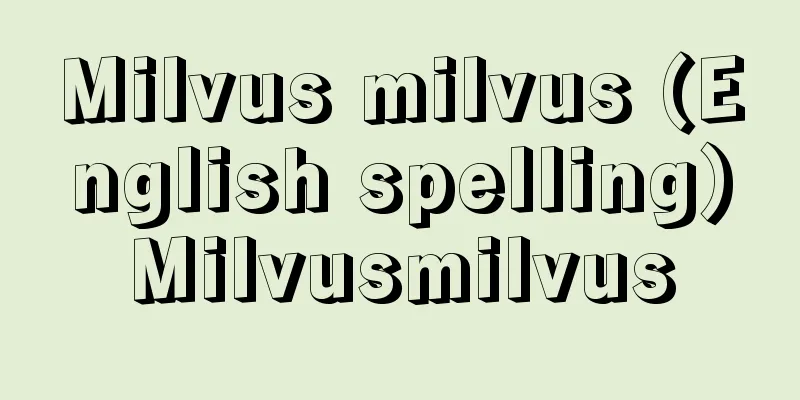Kashii Shrine

|
Located in Kashii, Higashi-ku, Fukuoka City. It enshrines Emperor Chuai and Empress Jingu, with Emperor Ojin and Sumiyoshi-no-Okami as co-enshrines. It is said to have been founded when Empress Jingu enshrined the spirit of her husband Emperor Chuai at the site of Kashinomiya, the temporary palace used by her during the Kumaso campaign. The site is famous as the place where discussions were held for Empress Jingu's campaign against Silla, and the palace of the empress was also built in 724 (Jinki 1) during the reign of Emperor Shomu, and was also called Kashii Byo. As this shrine is a mausoleum and has a different theme from ordinary shrines, it is not included in the Engishiki Shinmeicho. It appears as Kashii Shrine in Volume 6 of the Manyoshu and as Kashiji Shrine in the Engishiki, but it is believed that it began to be treated as a shrine from around the latter half of the 10th century. Since ancient times, it has been highly revered by the Imperial Court, and was treated as one of the best in Kyushu, along with Usa Jingu Shrine. For occasions such as envoys being sent to the shrine to offer offerings, such as on occasions such as the enthronement of new emperors and the Daijosai ceremony. In 1871 (Meiji 4), it was designated a National Heisei Chusha, and in 1885 it was promoted to Kanpei Taisha. In 1924 (Taisho 13), it was decided that an imperial envoy would visit the shrine once every 10 years. Empress Jingu, the enshrined deity, was also revered as the goddess of safe childbirth and was also called Seibo Daimyojin. The shrine building is said to be in the Kashii style, and the current main hall was remodeled in 1801 (Kyowa 1) by Kuroda Nagayori, the lord of Fukuoka, and is designated as a national important cultural property. Within the grounds, there is the ancient shrine of Emperor Chuai, many auxiliary and subordinate shrines, and sacred chinquapin trees are thriving. The annual festival is held on October 29th. [Sakamoto Koremaru] The lattice wall and main hall (nationally designated important cultural property). Fukuoka City, Fukuoka Prefecture ©Fukuoka City "> Kashii Shrine Source: Shogakukan Encyclopedia Nipponica About Encyclopedia Nipponica Information | Legend |
|
福岡市東区香椎に鎮座。仲哀(ちゅうあい)天皇、神功(じんぐう)皇后を祀(まつ)り、応神(おうじん)天皇、住吉(すみよし)大神を配祀(はいし)する。神功皇后が、夫仲哀天皇の神霊を熊襲(くまそ)征討時の行宮(あんぐう)、橿日宮(かしいのみや)の地に祀ったのが創建とされる。同地は神功皇后の新羅(しらぎ)征討の議をなした所として有名で、同皇后の宮も聖武(しょうむ)天皇の724年(神亀1)に造営され、あわせて香椎廟(びょう)と称した。当宮は廟であり、一般神社とはその趣を異にしていたので、『延喜式(えんぎしき)』神名帳には加列されていない。『万葉集』巻6には香椎廟、『延喜式』にも橿日廟とみえるが、10世紀後半ころから神社として取り扱われるようになったと思われる。古来、朝廷の崇敬は厚く、宇佐神宮と並んで九州随一の待遇であった。即位、大嘗祭(だいじょうさい)などに際しても勅使が派遣され、幣を奉(たてまつ)るのを例とした。1871年(明治4)国幣中社となり、85年官幣大社に昇格。1924年(大正13)、10年に一度の勅使参向の治定があった。祭神の神功皇后は安産の神としても崇敬され、聖母大明神ともよばれた。社殿は香椎造といわれ、現在の本殿は1801年(享和1)福岡藩主黒田長順(ながより)が造替(ぞうたい)したもので、国の重要文化財に指定されている。境内には仲哀天皇の神廟古宮、摂社、末社も多くあり、シイの神木などが繁っている。例祭は10月29日。 [阪本是丸] 透塀と本殿(国指定重要文化財)。福岡県福岡市©福岡市"> 香椎宮 出典 小学館 日本大百科全書(ニッポニカ)日本大百科全書(ニッポニカ)について 情報 | 凡例 |
<<: Costume rental - Kashiisho
Recommend
Victory cry
Sake from Toyama. The rice used is Gohyakumangoku ...
Retention - Sonryu
(noun) To remain; to leave behind; to set aside. ※...
Keido Ohara
…Businessman and social worker. Born as the secon...
Kinshagawa
…When it enters Tokushima Prefecture, it is calle...
Card paper - Card
…It is the highest quality of the Manila board, a...
"Ohanchoemon" - Ohanchoemon
...Written by Suga Sensuke. Commonly known as &qu...
Cinnamic acid (Cinnamic acid)
A representative aromatic unsaturated carboxylic a...
Biān Luán (English spelling)
A Chinese painter from the mid-Tang Dynasty, from ...
Ding Wenjiang
Chinese geologist. Born in Jiangsu Province. Stud...
Hyakurensho (Hyakurensho) - Hyakurensho
A chronological history compiled at the end of the...
Sardine (Iwashi, Sardine) - clupeoid fish
A general term for Japanese sardine (Clupeidae), r...
Konōn (English spelling)
…This led to the formation of an alliance between...
American Public Opinion Institute - American Public Opinion Institute
…While teaching at the journalism department at I...
Freedom from slavery and hard labor
This right to freedom is guaranteed by Article 18 ...
Osamu Ishihara
A medical scientist. Born in Hyogo Prefecture on ...









